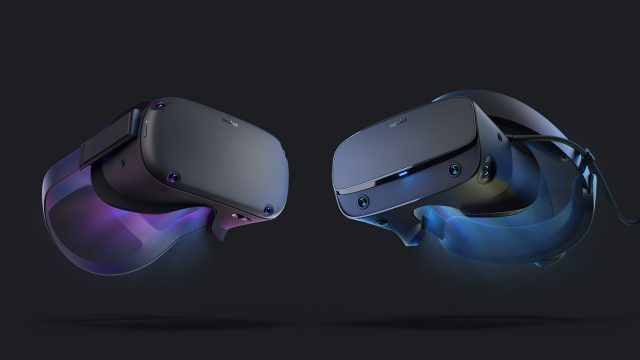
With the recent release of Half-Life: Alyx, VR has been thrust into the spotlight of the mainstream gaming audience. While players and critics alike have universally praised the game, pushing it to become one of Steam’s best rated games ever, plenty of folks not interested in VR have levied common fallacious arguments about why VR is a dead-end technology. Consider this article your official rebuttal to these tired arguments.
This article is actually a throwback to an article I wrote with the same premise back in 2015. I find it interesting that the most common arguments against VR that I identified back then are almost never raised anymore because they have been clearly overcome; today the VR industry is exponentially larger, more mature, and even more clearly poised as a new medium with massive potential.
In fact, the common arguments in 2020 that have replaced those older arguments—despite their best efforts—underscore how far VR has come since then; instead of making fallacious comparisons to previously failed technologies, people are now much more often talking about price and other much factors that are much more relevant to everyday consumers than to futurologists.
So, what are the arguments against VR commonly seen in 2020?
“VR Headsets Cost $1,000”

VR headsets can be expensive. Arguably the best consumer-focused headset out there, Valve Index, does cost $1,000 for new customers who don’t already have any VR hardware. But Index is the Ferrari of the VR world, and there’s many other headset options that cost less than half as much but play all the same games.
The most popular headset used on Steam right now is the Oculus Rift S [Amazon] which costs $400 brand new. It plays all the VR games on Steam and all the games in Oculus’ own PC VR library, making it an excellent value, especially with ‘inside-out’ tracking which makes it a breeze to set up with no external trackers.
But hey, $400 isn’t a trivial purchase for most people. That’s like investing in a new game console! It’s perfectly fair for someone to say, “I don’t see enough value in a VR headset that I would spend $400 on it.” And I won’t argue that—everyone has a different perception of value based on their circumstances.
However, I would argue that as VR hardware has improved, become more affordable, and seen bigger and better games, the number of people who do think it’s worth their money is expanding with time; that’s why the number of active VR headsets is at a record high and still growing. Maybe today the value proposition isn’t there for you personally, but maybe next year or the year after, or the year after that there will be a game that catches your eye and the hardware will be better and cheaper; perhaps then you’ll feel it’s worth jumping in.
If you don’t want to wait, there’s also budget options available today. Microsoft and partners like HP, Asus, Samsung, Acer, and Dell launched a batch of ‘Windows Mixed Reality’ headsets [Amazon] a few years ago. These headsets are fully supported on Steam (so yes, they can play Half-Life: Alyx) and can be found used or refurbished around $250 depending on the headset. And if you happen to own a PS4, Sony’s PSVR [Amazon] is an aging but still impressive add-on which can be found on sale for $250.
Continued on Page 2: “VR Requires a Super High-end Gaming PC” »
The post The 3 Most Common Arguments Against VR Why They’re Wrong appeared first on Road to VR.
from Road to VR https://ift.tt/3eQKOB8
via IFTTT
No comments:
Post a Comment